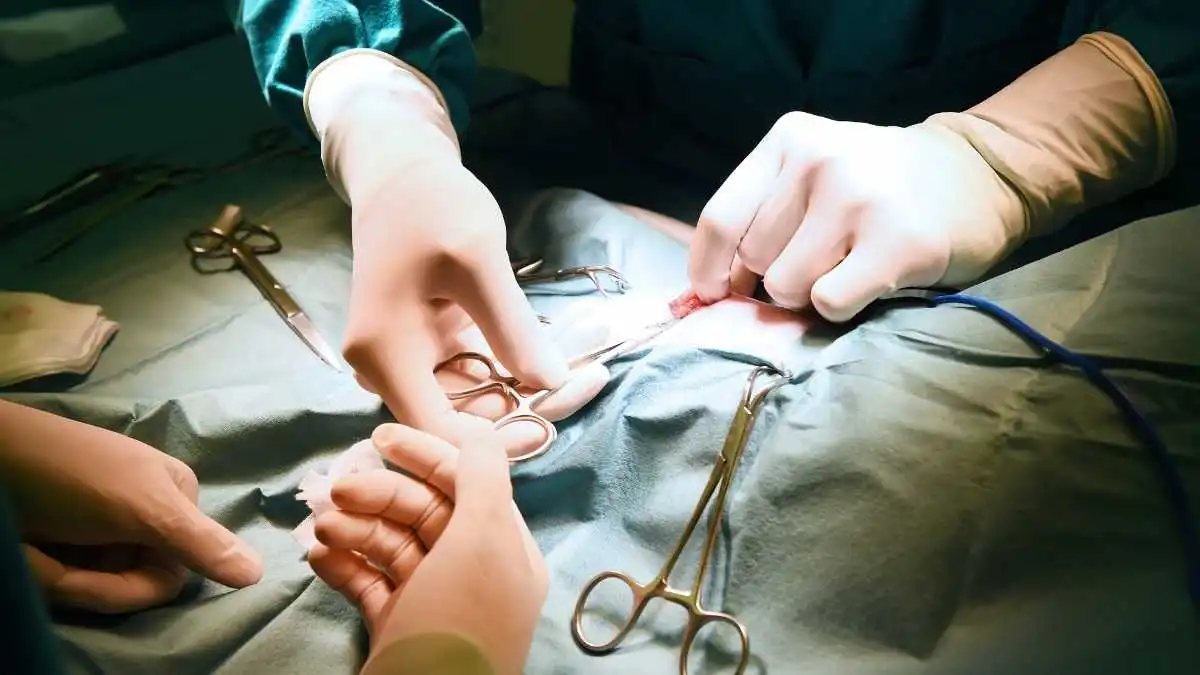Anabolic steroids are drugs that are taken to increase muscle mass and strength. They are commonly used by bodybuilders and athletes to improve their performance. However, anabolic steroids can also cause a condition known as gynecomastia, which is the development of breasts in males.

Do You Have Gynecomastia?
Men primarily produce testosterone, which is responsible for puberty and sexual development. They also produce a trace of oestrogen (a hormone that is abundantly found in females). These two hormones typically become imbalanced during puberty in adolescent boys or when mature men of a certain age naturally begin to produce less testosterone. Because of the high oestrogen content, the breast tissues are compelled to grow.
So, if you looked down at your chest and noticed that you have a lot of breast tissue? If so, you may have a condition known as gynecomastia. The common factors that could contribute to the development of gynecomastia include:
Hormone imbalance
Obesity
Puberty
Side effects of the medicine – such as anti-ulcer drugs or medicine for heart disease
Illegal drugs – such as cannabis or anabolic steroids
Alcohol misuse
Health conditions – such as kidney failure or liver disease
Klinefelter syndrome (a rare genetic disorder)
Lumps or infections in the testicles
Why Did Anabolic Steroids Cause Gynecomastia?
Bodybuilding is a highly competitive sport in which contestants strive for single-digit percentages of body fat, which accentuates their glandular breast tissue. When taking steroids, the body (often fat cells) converts this external hormone into oestrogen. This rise in oestrogen levels is what causes men to develop excess breast tissue.
It’s relatively common for athletes who use steroids to build muscle to develop gynecomastia, as their use is less likely to be well-monitored by a doctor.
There are numerous types of Gynecomastia caused by steroid use. Bodybuilders may experience one or more of the following symptoms: classic gynecomastia, puffy nipples, or enlarged areolas.
Does Gynecomastia Go Off Once Stop The Anabolic Steroids?
Early diagnosis of gynecomastia development can be helpful in preventing the condition from advancing.
Once the use of steroids is discontinued, gynecomastia may resolve on its own. However, if it continues in long term, the excess fatty tissue and breast development will most likely require surgical intervention.
Instead of using steroids to build muscle, it is generally safer to use supplements (sometimes referred to as “natural steroids”). Many people can gain muscle mass by taking supplements that increase protein, energy, or testosterone levels without risking unwanted or harmful side effects like gynecomastia.

What Procedure Involved in Gynecomastia Surgery?
Breast reduction surgery is typically performed under general anaesthesia. Local anaesthesia with sedation may be used in some cases.
The operation usually involves:
Cutting around the nipple
Removing excess fatty tissue with a scalpel (surgical knife) or sucking it out with liposuction (a combination of both techniques may be used)
Repositioning the nipples if a large amount of tissue must be removed
Dressings will be applied.
The procedure takes about 1.5 hours. Typically, you must spend the night in the hospital.
Conclusion
Anabolic steroids can potentially cause gynecomastia, but this side effect is relatively rare. If you are into bodybuilding and wish to boost your anaesthetic look. You may consider for natural supplement or alternatively talk to your doctor about the risks and benefits of taking anabolic steroids.
Related read:













